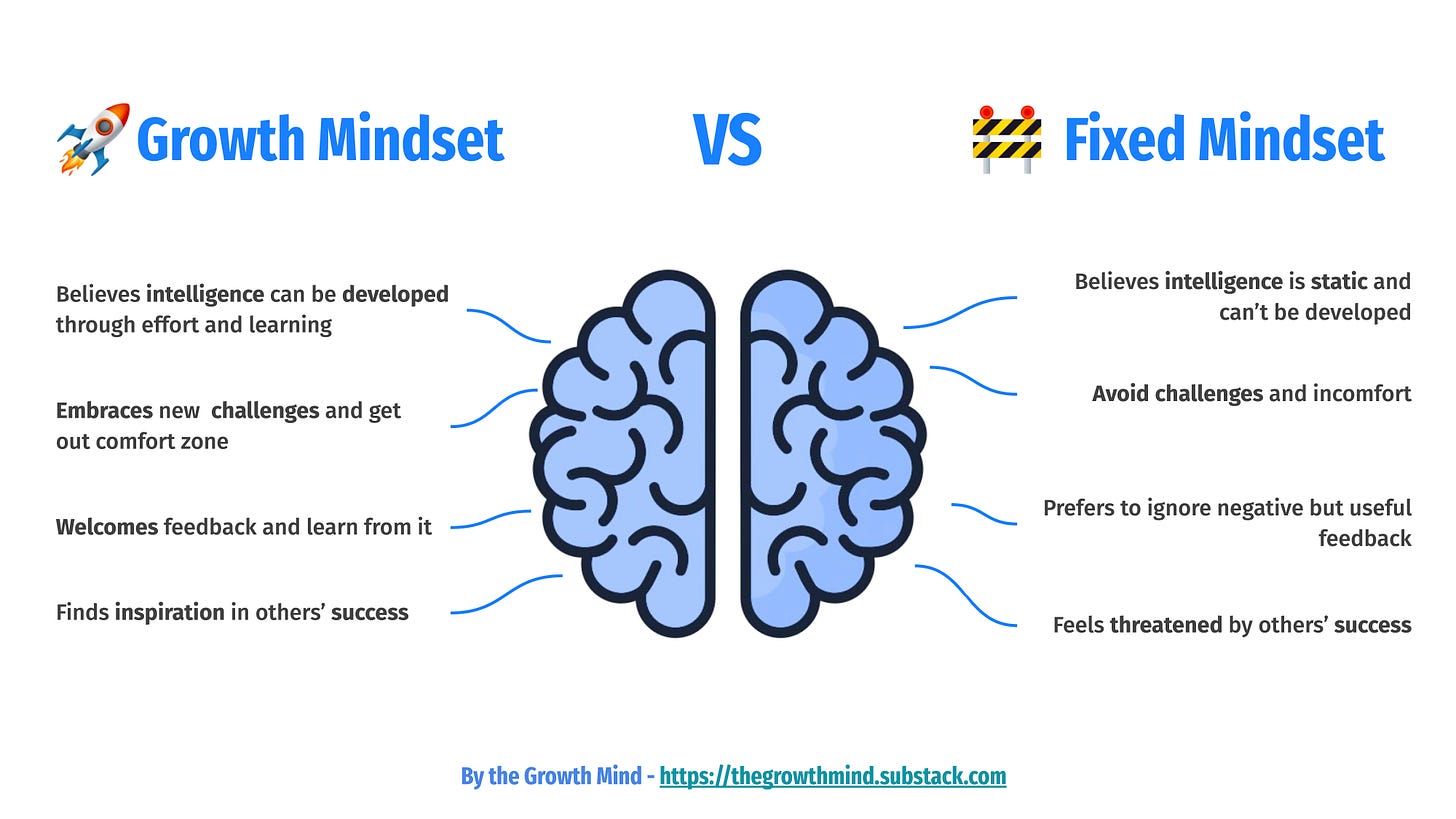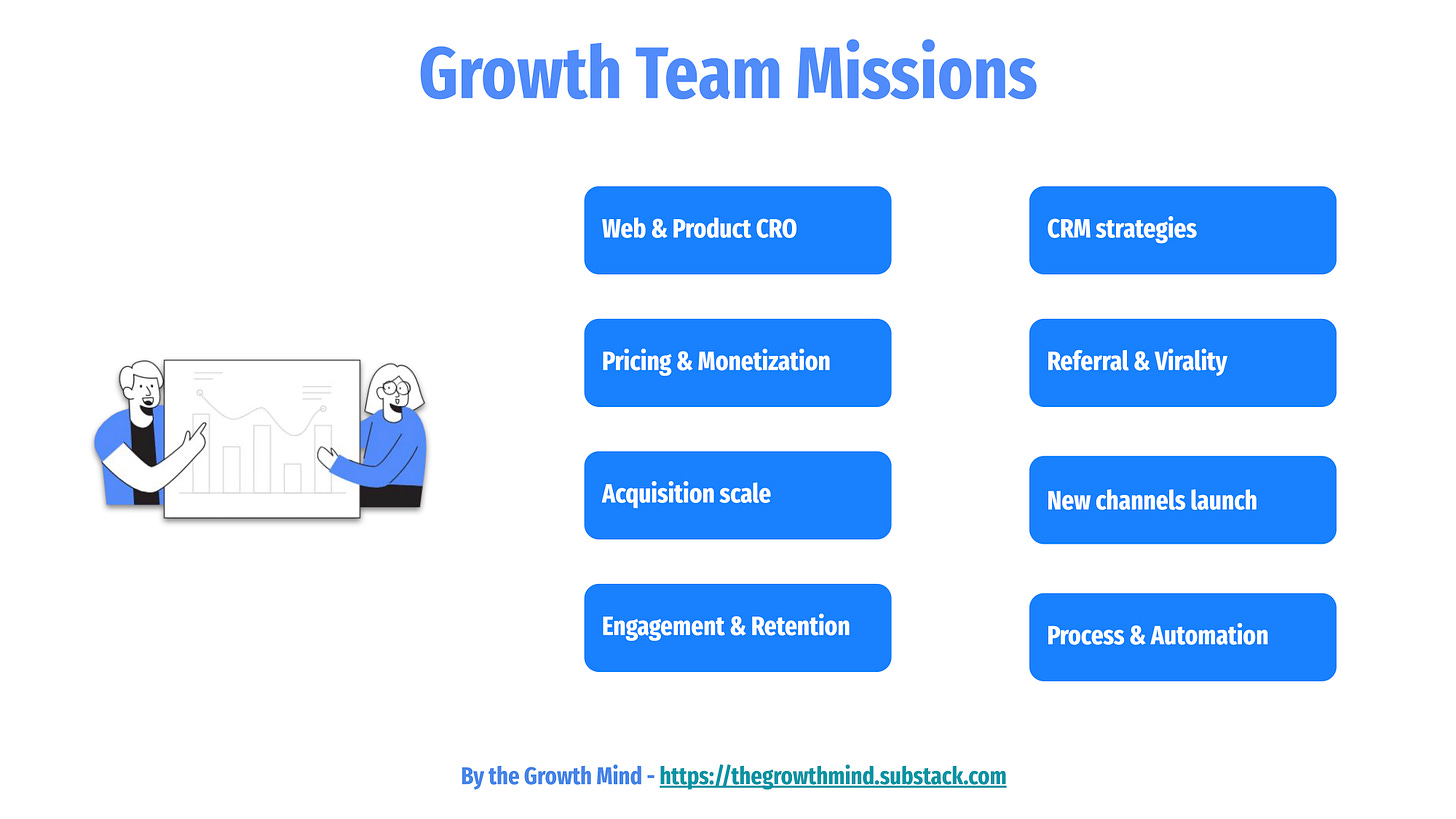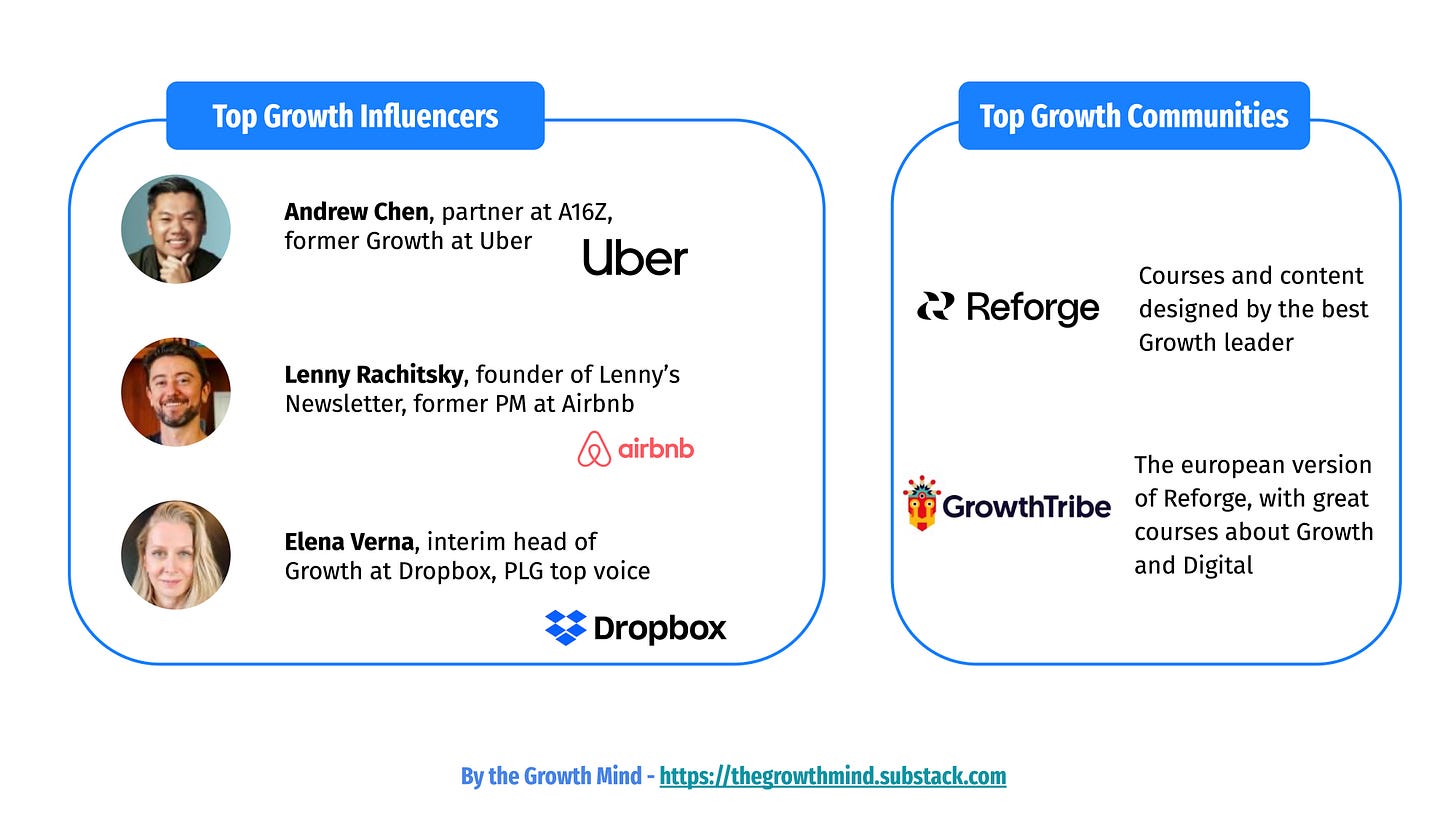What’s wrong with Growth Hacking?
Let's debunk a few myths 🌶️
Hi Growth folks 👋
It’s the first article of 2024 for The Growth Mind, so I wish you a happy New Year, which I hope will be full of personal and professional Growth.
Let’s start this new year with a spicy edition 🌶️
Over the past few years, “Growth Hacking” has been on all mouths. But this has also led to a misunderstanding of what people focusing on Growth in top-notch scale-ups do.
So today, we’re going to:
Debunk a few myths
Get back to the basics of how Growth should be envisioned
Define 3 ways to contribute to a better vision of Growth
The 3 main problems with the current conception of Growth ❌
1# Overemphasis on Acquisition
In recent times, 'Growth' has become synonymous with short-term, lead generation tactics like outbound campaigns (cold emails, LinkedIn outreach), paid ads, and occasional CRM automation. This narrow focus on a few acquisition channels, which may not suit every business, overlooks the vast potential in areas like retention, activation, or pricing - especially evident in Europe.
Sadly, many with 'Growth' in their job titles are pigeonholed into these limited channels, unprepared for when true growth opportunities lie elsewhere in the product or pricing strategies.
While specializing in specific growth areas can be beneficial, we must remember that growth is multi-dimensional. It's crucial for those aspiring to lead in growth or start their own business to understand and embrace the full spectrum of growth strategies, far beyond just acquisition.
2# Focus on short-term hacks rather than scalable growth models
In addition to being too much focused on acquisition, a lot of people described Growth as a way to generate a lot of revenue without effort quickly. But that’s not true.
The word “Hacking” has been misunderstood. It made a lot of us think Growth can happen through magic tactics that others don’t know. It’s true in some cases: a hack can help to significantly acquire new users over some time, giving you a competitive advantage. But that will not drastically change how your business grows in the long run.
And when hacks work, they generally get copied by competitors. Hacks have a short lifetime. They are boosters, but not the foundations of a solid Growth model.
It’s important to not fall into the shiny tactic syndrome, by trying to copy the latest cool tactic that became viral on social media. Each business has its specificities, meaning a tactic that works for others can not work for you.
3# Lack of multidisciplinary team approach
Growth has been personified as a discipline through the myth of the “Growth Hacker”. A lone wolf who can, with his 2 magic hands, supercharge the growth of a business. While it’s normal in the early days to have only one person 100% focusing on Growth in a company, it’s not true anymore when the company starts to grow.
Growth is a team sport. The best scale-ups have teams of tens or thousands of people focusing purely on Growth. And those growth teams collaborate with other departments in the company.
What Growth is then? 🤓
1# A Data-Driven Mindset Focusing on Rapid Experimentation
Growth starts with the mindset. A lot of you probably saw this “Growth Mindset” vs “Fixed Mindset” comparison, but I always find it super valuable and a good reminder of the fundamental psychological competencies we should have as Growth people:
Being deeply data-driven and experimenting are also core skills of Growth people. In Growth, your objective is basically to move KPIs up, so data is at the heart of everything you do. Whether it is the number of sign-ups, the number of users who use a feature, or the average revenue per user, your goal is to pick a metric and do things to improve it. So you define hypotheses, build experiments to test them, get learnings, and deploy at scale the experiments that positively impact your success metric.
2# Focusing on Each Stage of the User Journey, using Product, Marketing and Monetization Levers
I tend to represent Growth as an equation between 3 layers:
As Growth People, we can activate different levers among those layers to drive Growth:
Marketing levers: Campaigns through different channels to increase awareness and acquire new users.
Product levers: Flows and features to improve activation, engagement, and retention.
Monetization levers: New business models or pricing tweaks to increase revenue.
While many Growth people tend to overfocus on Marketing levers to drive revenue, the most powerful growth levers might be hidden in how well your product engages, retains, and monetizes, not just how loudly it reaches.
I particularly like this video where, 7 years ago, Mark Zuckerberg discussed how they envisioned Growth at Facebook with Sam Altman:
👉 The key takeaway? The best Growth levers are often within your product and not through marketing campaigns. That’s a fundamentally different mindset than what we’re used to hearing.
3# Promoting a Cross-Functional approach
Playing on different levers (Marketing, Pricing, Product) means you need to have several skills in your Growth group to perform.
That’s why the best scale-ups now have teams composed of different profiles that can work together - Growth Marketers, Growth Product Managers, Growth Engineer - combining their skills to work on different missions and parts of the funnel.
Growth teams also work hand-in-hand with other teams in the company (marketing, product…). The myth of the lone Growth Hacker is far. Growth is a team sport.
What can we do to widely share what Growth truly is? 📣
1# Employees from the best scale-ups should share as much as possible, being encouraged by their companies
Currently, the voices on Growth in platforms like LinkedIn are predominantly freelancers or business owners, with full-time employees from scale-ups are underrepresented.
But how can we push more employees to share their knowledge?
Firstly, companies need to encourage employees to share content by having training and processes. Having employees share great content can help to attract talents and generate business (mainly true for B2B). Lempire, a B2B SaaS company, does it pretty well. Some of their employees managed to create a strong LinkedIn audience, under the impulsion of their CEO Guillaume.
Secondly, employees need to understand that building an audience and being visible is a true career accelerator. It not only boosts visibility and credibility but can also open doors to new opportunities and entrepreneurial ventures.
Thirdly, we need to build a true giveback mindset, where people are happy and motivated by sharing their knowledge with others simply to help the ecosystem grow.
I’m convinced that the more employees from cool startups will start sharing their knowledge, the more it will reduce the mental barriers to do it and the more the content quality will step up. A great example of positive network effects.
2# We should support the work done by the best communities and influencers in Growth
Growth and Tech Influencers like Andrew Chen, Lenny Rachitsky, and Elena Verna, alongside communities like Reforge and GrowthTribe, have been pivotal in reshaping growth strategies. Their insights embody the shift from quick hacks to sustainable growth models. We need to support their work by liking their content, sharing their frameworks, interviews, and so on. Having those kinds of role models will for sure inspire other people to create content.
3# We need to elevate our content standards
As Growth professionals, we carry a responsibility for shaping the perception of Growth when sharing content.
It’s easy to fall into the short-term trap of creating content by overpromising. People like it when you tell them to “Steal your secret method to generate 100 leads per day on autopilot”. But most of the time, this type of content just gives a random stat to make people click.
Creating content myself, I know hooks need to make people click. But not at all cost. Quality, in-depth content has a far greater impact than the fleeting appeal of exaggerated promises.
I’m also a bit against the vibe on LinkedIn saying “You should post every day to get as much reach as possible”. Yes, being consistent is key. But posting for posting, without adding value, makes no sense. The aim should be to regularly provide high-value insights rather than just frequent posts with little substance.
Before publishing, we should always ask ourselves “Does this piece of content bring real value to my readers?”
Thinking like that will help us to level up in quality rather than just being consistent. That’s exactly why I write this newsletter only two times a month. I know I would send something less qualitative if I were doing it every week.
In conclusion, reshaping the narrative around Growth requires a community effort. Let's elevate our standards, share knowledge, and embrace holistic strategies 🚀
And that’s all for today folks 👋 I hope you liked this edition.
What are your thoughts about Growth hacking? Share them in the comments or by email, I’ll be super happy to have your vision on how we can build a better ecosystem.







